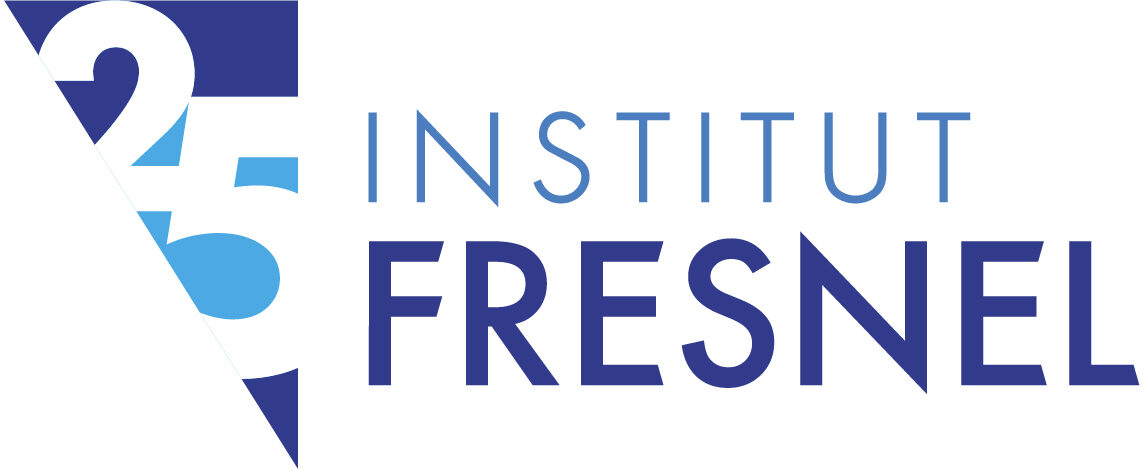Jules VANARET will defend his PhD thesis entiteled « Exploring tissue patterning and stochastic cellular dynamics in photon-limited imaging of light-scattering organoids: combined deep learning and bayesian strategies » on Monday, May 12, 2025 at 09:30 a.m., in Hexagone Auditorium on the Luminy Campus in Marseille.
The presentation will be given in french, with english text on the slides. It will also be accessible via videoconference, the link to which will be communicated at a later date.
The jury will be composed of :
– David ROUSSEAU, Univ. d’Angers, IRHS, Reviewer
– Nicolas LOMENIE, Univ. Paris Cité, LIPADE, Reviewer
– Hervé ISAMBERT, CNRS, Institut Curie, Examinator
– Daniel SAGE, EPFL, Laboratoire d’imagerie biomédicale, Examinator
– Frédéric RICHARD, Aix-Marseille Univ., I2M, Thesis Director
– Philippe ROUDOT, Aix-Marseille Univ., Institut Fresnel, Thesis Co-director
– Sham TLILI, Aix-Marseille Univ., IBDM, Thesis Co-supervisor
Abstract : This thesis explores the biophysical and computational modeling of self-organization in gastruloids, three-dimensional in vitro models of embryonic development. It investigates how cellular decisions emerge from mechanogenetic interactions at the single-cell level, leveraging advanced microscopy, image analysis, and tracking methodologies to quantify cellular behaviors and micro-environmental cues.
The first part presents a methodological pipeline to quantify mechanical and genetic properties in deep gastruloid tissues. A deep-learning-based segmentation strategy tailored for heterogeneous nuclei shapes is then developed, integrating contrast enhancement and dual-view fusion to improve imaging depth and accuracy.
Building on these segmentation advances, the study probes the mechanogenetic landscape of gastruloids, integrating quantitative analyses of gene expression and cellular deformation. A dedicated Python-based computational pipeline is introduced, enabling multiscale analysis and user-friendly visualization.
In the second part, the challenges of cell tracking in gastruloids are assessed, presenting how stochasticity and measurement uncertainty complicate lineage reconstruction. Vari-ous tracking methodologies applied in the context of cell tracking or developmental biology are reviewed, leading to the development of a Bayesian ÿltering framework for the multi-scale quantiÿcation of tracking uncertainty.
The final sections apply these probabilistic methods to validate segmentation and tracking algorithms, demonstrating how the Bayesian ÿltering algorithm can guide unsupervised parameter tuning and segmentation algorithm ranking. Through extensive simulations and experimental applications, the study provides rigorous methods to aid cellular dynam-ics analysis in complex gastruloid datasets, with implications for developmental biology and tissue engineering.
Keywords : embryonic organoid, cell tracking, live imaging, cellular heterogeneity, deep-learning, bayesian filtering

